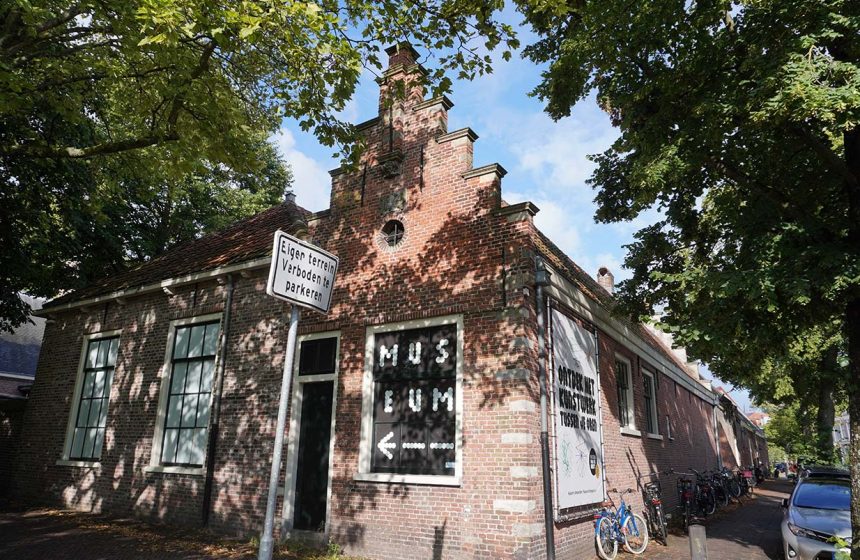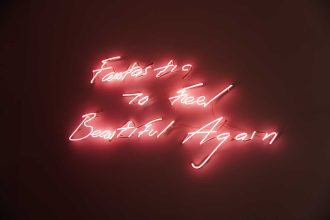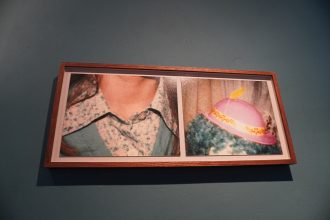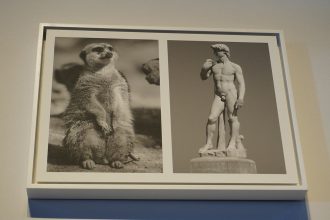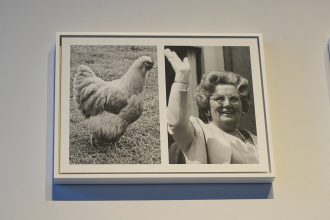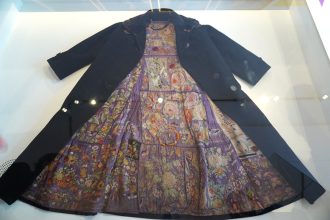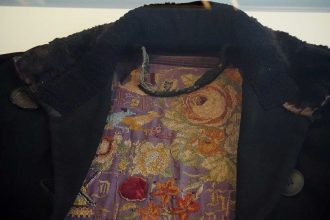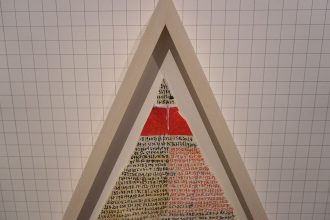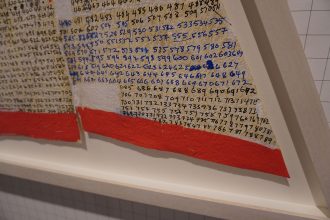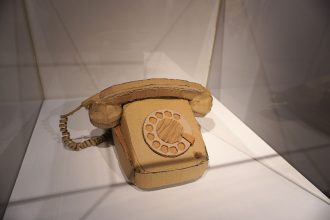In July 2023, two AIT staff members and a social worker visited the Netherlands to explore museums, welfare organizations, and art spaces focused on art and mental health. In this mini-column, we report on the Museum of the Mind, a unique institution dedicated to the theme of the mind.
A Place of Liberation from Stigma: The Het Dolhuys Museum (Museum of the Mind)
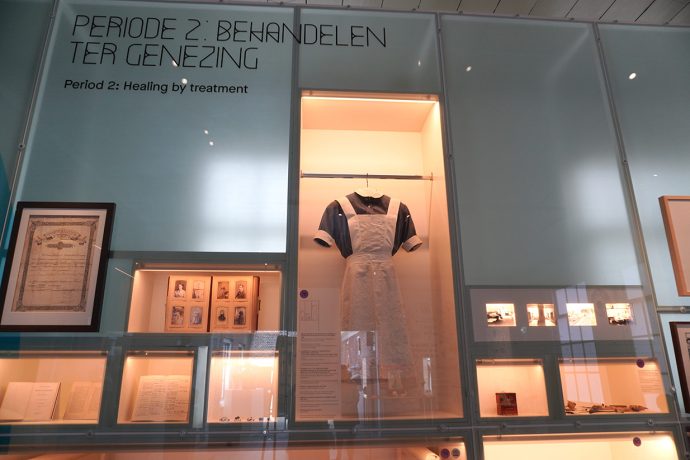 The Dolhuys Museum (Het Dolhuys) is one of the two museums, known as the “Museum of the Mind,” located in Amsterdam and Haarlem. It focuses on exhibitions related to mental health and the mind, as well as collecting exceptional Outsider Art works. The exhibitions not only introduce contemporary artists but also showcase various expressions by individuals commonly referred to as outsider artists . Additionally, the museum features exhibits on the history of psychiatric care and conducts awareness activities to promote understanding of diverse minds.
The Dolhuys Museum (Het Dolhuys) is one of the two museums, known as the “Museum of the Mind,” located in Amsterdam and Haarlem. It focuses on exhibitions related to mental health and the mind, as well as collecting exceptional Outsider Art works. The exhibitions not only introduce contemporary artists but also showcase various expressions by individuals commonly referred to as outsider artists . Additionally, the museum features exhibits on the history of psychiatric care and conducts awareness activities to promote understanding of diverse minds.
The Dolhuys building was originally constructed in 1320 as a quarantine facility for leprosy and plague patients, and later served as an asylum for people with mental disabilities. Over time, mental hospitals were closed down, and in the 2000s, after undergoing renovation, it was reopened as a museum.
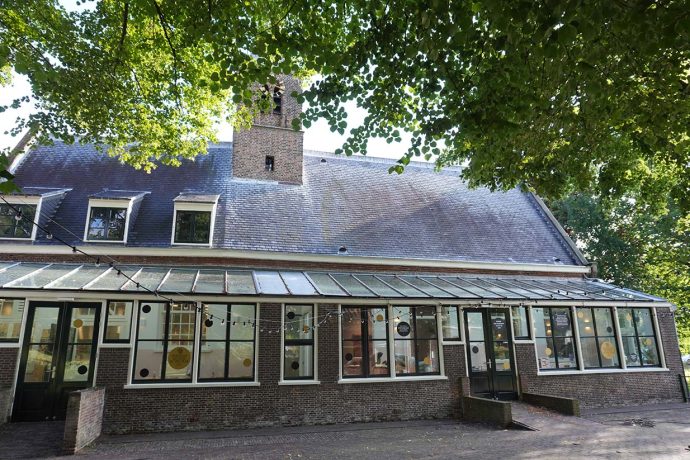
The walls that once excluded people from society have been dismantled, and the space has become a place of relaxation for the local community. Currently, over 100 volunteers are involved in the operation, with nearly half of them being individuals with various mental health problems. Through unique practices, the museum aims to transform society by empowering individuals with mental health problems to express themselves and by approaching the common theme of the “mind” in human beings, creating opportunities for everyone to realize their inherent value. They undertake initiatives to contemplate society from various perspectives.

The establishment of the museum was initiated by five medical organizations collaborating to preserve the historic building, continue the narrative of psychiatric healthcare history, and safeguard valuable materials left in psychiatric hospitals. With the aim of creating a museum open to the community, the café serves as an open space accessible to everyone, bridging the outside and inside of the museum.
This café is a renovation of the old chapel that originally stood there. It is said that in the past, priests used this place to allocate patients for isolation. At the heart of the café, there is an art brut piece inspired by the design of stained glass windows, symbolizing the transformation of a place once associated with stigma, discrimination, and prejudice into a symbolic space of liberation from stigma.
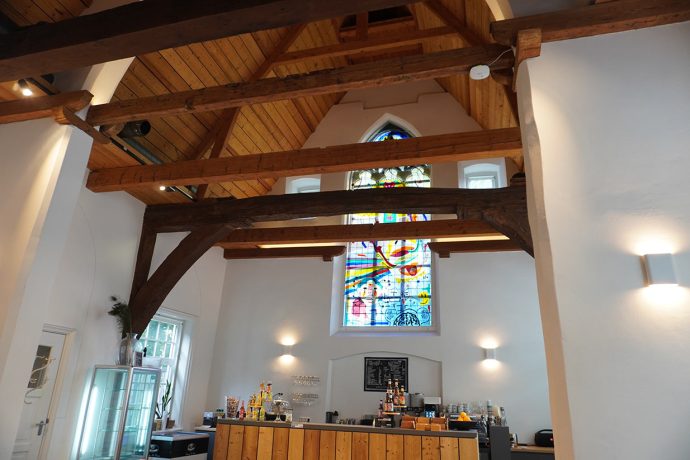
The Interior of a Café Renovated from a Chapel
On the day of the visit, we were guided by Ms. Jolien Posthumus, the Mental Health Program Manager at the Museum of the Mind, who shared with us its history and main initiatives.
The exhibition, held in six rooms, aimed to provoke thoughts on what the mind is through six questions and foster dialogue through artworks. In contemporary art, works by artists such as Tracy Emin and Mark Quinn, as well as Yayoi Kusama, are also displayed in the Museum of the Mind’s collection.
In the new permanent exhibition, “Sister Love” by the filmmaker and photographer Jantien de Bruin (born 1971) was featured. This installation, composed of highly personal letters, photographs, and videos, delves into themes of loss, memory, and connection. Various creations revolving around the memory of her beloved sister, who passed away in 2015, served as a way for her to cope with profound sadness. The artwork explores her own emotions of reminiscences of life and death, losing a loved one to suicide, and the relationship between sisters. Through intimate and poignant imagery, it resonates with the viewers, appealing to their minds.
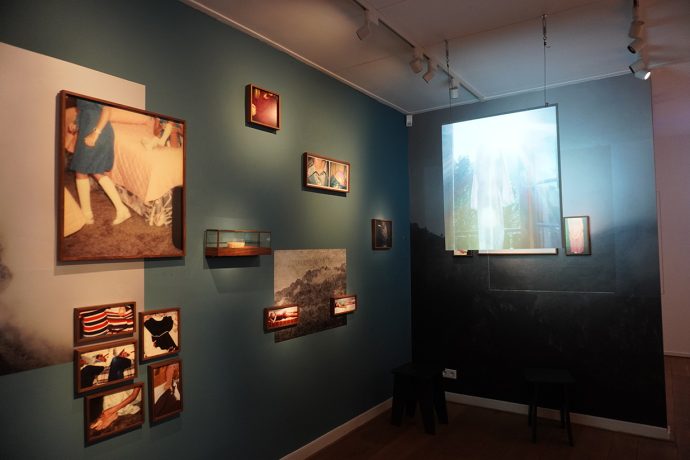
Jantien de Bruin, Installation view of the Het Dolhuys (Museum of the Mind) 2023
Artist-led workshops with seniors with dementia and theater programs with youth
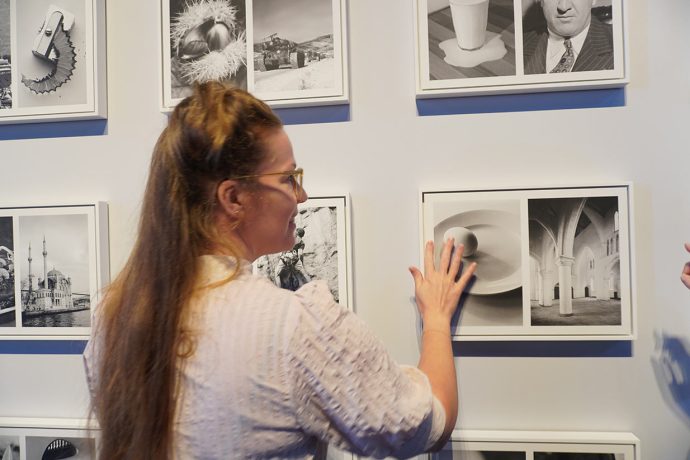
Ms.Jolien Posthumus
In one of the exhibition rooms, a wall displaying artwork installations consisting of pairs of photographs was on display. These installations were used in a workshop for dementia patients. The artist brought this work as part of the Museum of the Mind’s outreach program and visited several elderly care facilities.
The aim was to discover a natural connection by viewing pairs of photographic works simultaneously and sharing the imagined stories and words that come to mind with everyone present.
- Exhibition view of Het Dolhuys
In the courtyard of the Dolhuys Museum
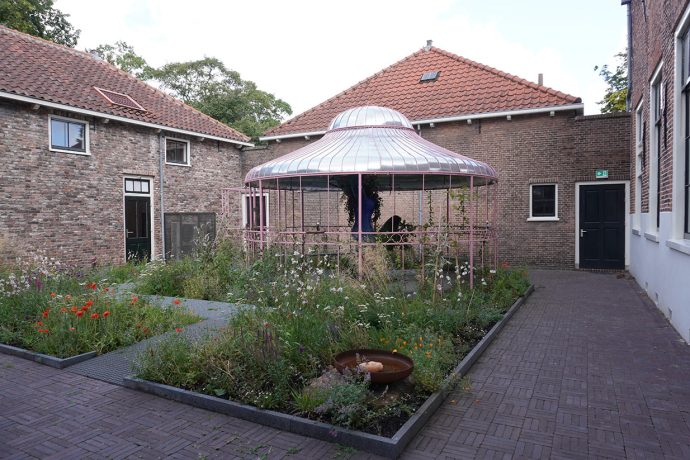
Within the premises of the Museum of the Mind, there is a courtyard where youth activities and theatrical performances take place. It is said that herbs were once cultivated in this garden for therapeutic purposes. The courtyard features sculptures inspired by mythical creatures from stories conceived by artists reflecting on such history, along with bottles infused with herbs. Additionally, the garden is adorned with unique features such as audio installations, adding to its distinctive ambiance.
Maintaining freedom and dignity
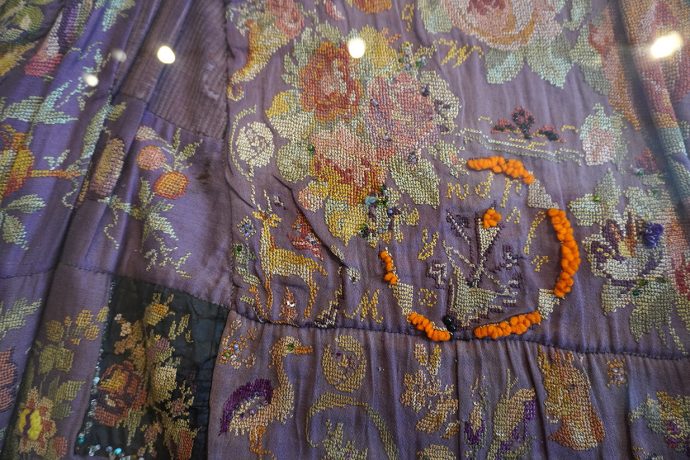
Exhibition view of Het Dolhuys 2023
One particularly striking exhibit features a gown meticulously embroidered by a solitary woman, right down to the lining of the fabric. Encased in a display cabinet, this gown, adorned with intricate stitching, once worn by psychiatric patients, contrasts sharply with the clinical white coats of physicians, symbolizing the juxtaposition of blue and white.
While the exterior appears the same to other patients’ gowns, the interior is delicately embellished with a variety of motifs such as animals and flowers, rendered in colorful embroidery and beads, resembling a paradise.
Despite the strict controls and limitations of the time, one can imagine acts of resistance, escapism, or clandestine pleasures woven into every stitch, reflecting the wearer’s resistance to losing one’s own freedom and autonomy, as well as a means of escape from suffering. Reflecting on this anonymous woman, one cannot help but contemplate the moments spent imagining her story.
Other initiatives at the Museum of the Mind include:
⚫︎Suicide Prevention Program (WORD UP)
An art program targeting youth aged 15 to 22. Artists visit schools and youth are invited to the museum. Over three weeks, they engage in workshops and creative activities, providing a “safe space” for discussing the difficulties everyone faces (with the intention of suicide prevention). The methods and episodes are published on the website, creating a system that other organizations and individuals can reference. Currently, many public schools have adopted this program, and there are also programs available for teachers.
⚫︎Write Your Own Use’s Manual
A program for children to discover their own emotions. Based on questioning sheets created by the Museum of the Mind, children can record detailed information about themselves, allowing them to explore their “mind” and “feelings” while creating their own original manual. Reading foundations review the handling manuals created by children and select books featuring protagonists that symbolize each child. In the future, there are plans to collaborate with libraries to publicly release a system where these records can be viewed alongside the book selections.
Het Dolhuys(Museum of the Mind)
Date July 26th 2023
Address Schotersingel 2 2021 GE Haarlem(Haarlem, the Netherlanad)
Meeting with Jolien Posthumus (Museum of the Mind)
Outsider Art Museum (Museum of the Mind)
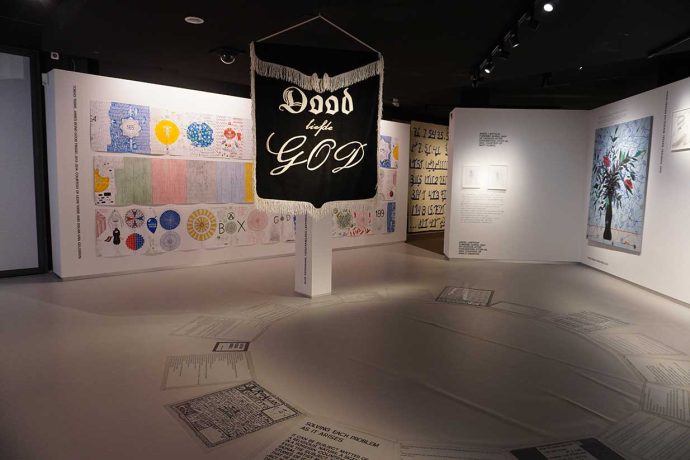
Installation view of the Outsider Art Museum (Museum of the Mind) 2023
One of the two museums of the Museum of the Mind, the “Outsider Art Museum,” is located on the same premises as the “H’ART Museum” (formerly the Hermitage Amsterdam). The proximity of these two museums makes it a convenient and accessible location for visitors. This museum focuses on exhibitions and the collection and presentation of outstanding works centered on the mind.
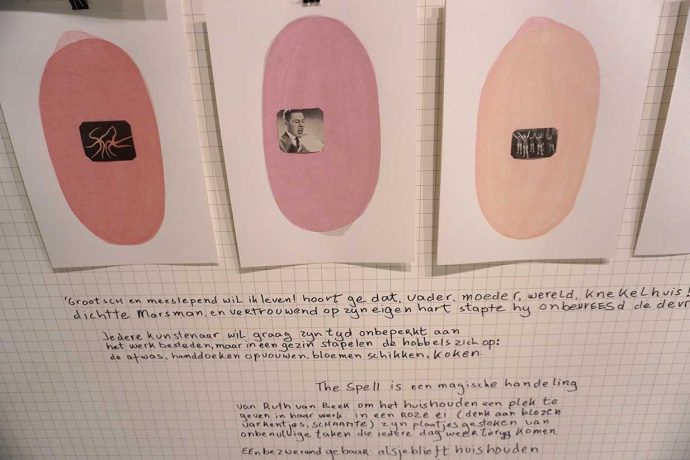
Installation view of the Outsider Art Museum (Museum of the Mind) 2023
The exhibition space is curated to seamlessly integrate contemporary art with works by artists with disabilities. The framing and captions feature playful and creative designs tailored to each artist’s work. The focus is on the power of the artistic expression itself, rather than emphasizing the artists’ disabilities.
- 展示風景
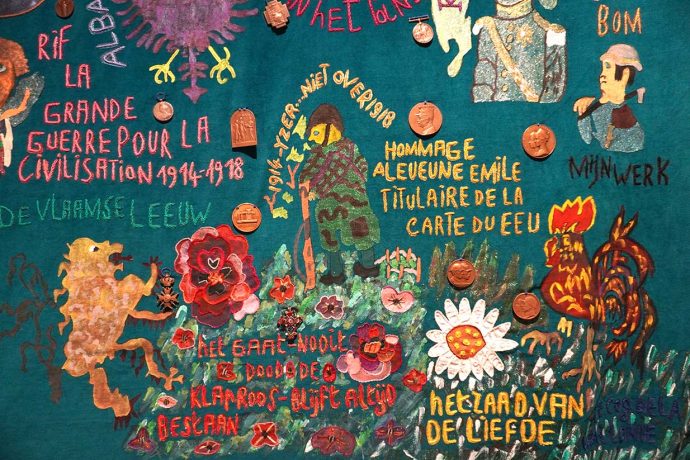
Installation view of the Outsider Art Museum (Museum of the Mind) 2023
During the visit, the exhibition featured works by contemporary artists and Art Brut artists from both the Netherlands and abroad. Among the collections were sculptures by Shinichi Sawada and the piece “Oriha” by Yoshihiro Watanabe, showcasing the works of Japanese artists.
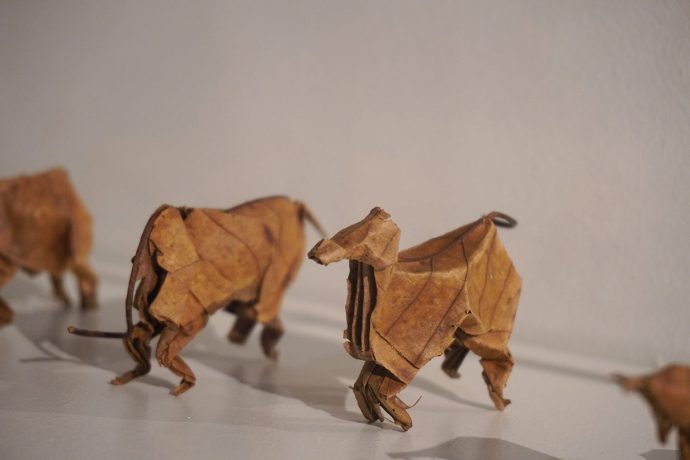
Yoshihiro Watanabe, Installation view of the Outsider Art Museum (Museum of the Mind) 2023
The museum emphasizes collaboration with diverse audiences, engaging youths from multiple cultural backgrounds, LGBTQ individuals, immigrants, and people with disabilities through various themes and frameworks. They actively create spaces for art appreciation workshops and dialogues. Collaborations are frequent, including partnerships with care organizations, NGOs, and galleries, resulting in initiatives like the “Inspiration Tours,” where people of different abilities, ages, and backgrounds come together to enjoy art appreciation, dialogue, and creation.
AIT will continue learning from the initiatives of the two museums under the Museum of the Mind, examining the role of art in addressing various challenges and difficulties, and how art can be useful in liberating people from stigma.
Outsider Art Museum / H’ART Museum
Date July 27th 2023
Address Outsider Art Museum / H’ART Museum
Amstel 51 1018 DR Amsterdam(Amsterdam, the Netherlands)
Text & Photos:Rika Fujii (AIT)

